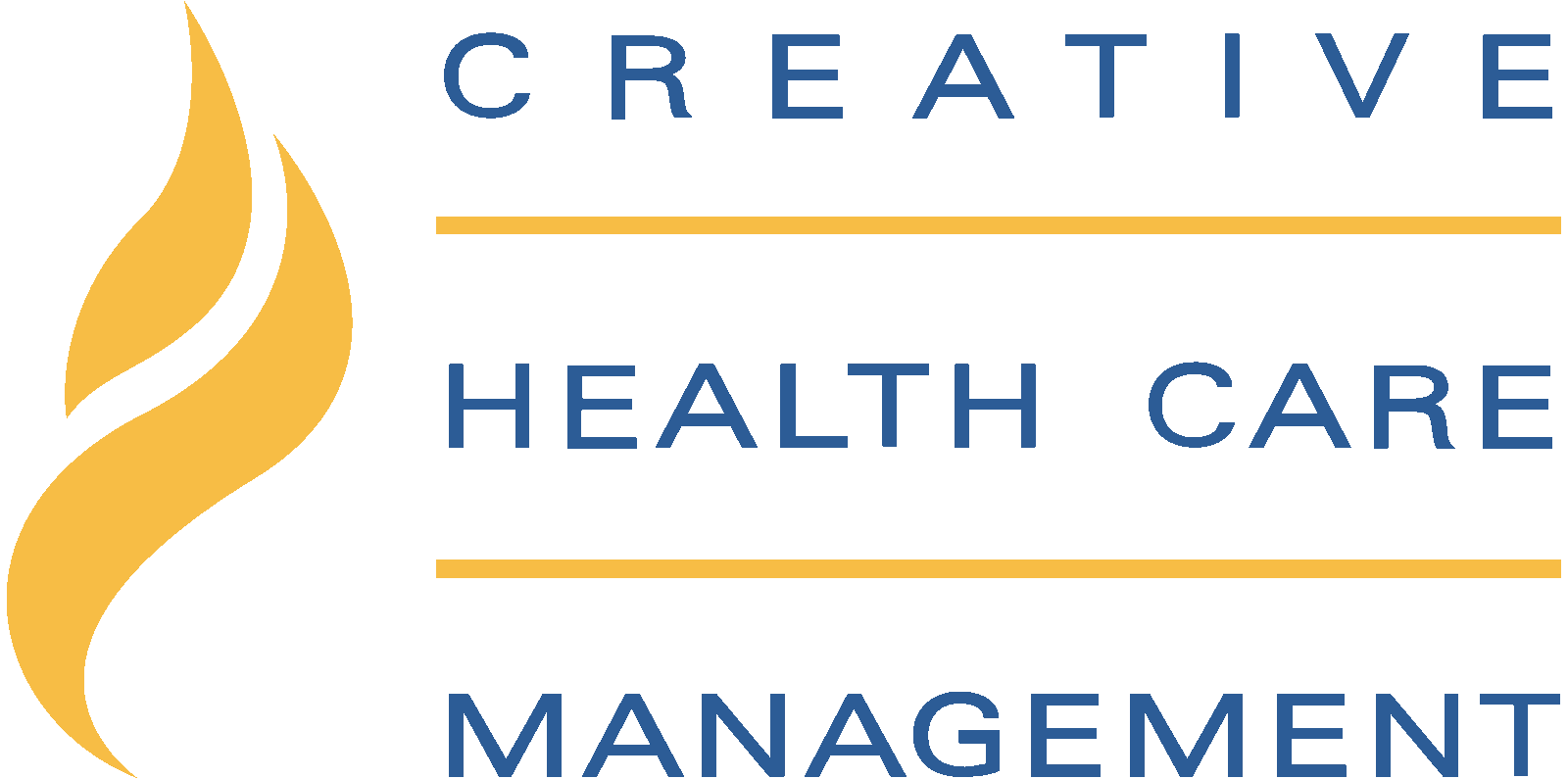By Brett Long and Rebecca Smith, adapted from Advancing Relationship-Based Cultures
For most of us, understanding our level of Wellbeing isn’t as objective a pursuit as, say, diagnosing an arm fracture: Fall off ladder. Land on arm. Arm aches. Trip to Urgent Care. X-ray. Arm broken. The condition of one’s own Wellbeing is harder to see so clearly. While many useful assessment tools exist to help you determine your current Wellbeing profile, we’d like to invite you to first apply the tool of your own ability to attune to yourself.
Attuning, as a therapeutic practice, as defined by Mary Koloroutis and Michael Trout in their book See Me as a Person: Creating Therapeutic Relationships with Patients and their Families, means getting into a mental and emotional position that allows clinicians to fully understand a person’s state of mind and heart. When our aim is self-attunement, we want to tune in to our own state of mind and heart.
Take a few seconds to check in with yourself, with your body. Are you feeling settled, grounded, and fully present as you read the words on this page? Are the breaths you’re taking deep and long? Or are you feeling distracted, rushed, maybe overwhelmed with work and life—distracted by your internal narrator telling you that you should be doing something else or that you’re not working hard enough, spending enough time with your family, helping your aging parents enough, making enough money, making enough of a difference—that you are not enough? You probably feel different each day and even moment-to-moment, but how do you feel most often? If you’re like most people, feeling settled and fully present are fleeting feelings, as rare as they are pleasurable. For many of us, being distracted and succumbing to the voice inside—the one that speaks far too often of inadequacies in ourselves—is our default setting.
When you learn to tune in to yourself and others it becomes a natural part of who you are and how you work
Brett Long, MHA
Attuning requires slowing down, opening to your surroundings, and paying attention to subtlety and nuance. The most important thing is to start to be aware of your pace, to commit to slowing down, and to realize that slowing down is actually more efficient. The good news is that it’s not an all-or-nothing proposition; you’re not either highly self-attuned or completely disconnected from your mind and emotions. You’re always, really, somewhere in the middle. As Dan Harris, ABC News anchor and author of 10% Happier, says about his approach to becoming more present through meditation, “Since I have the attention span of a six-month-old yellow lab, I figured [meditation] was something I could never do.”[1] But as his book describes, this super skeptical, New York−based news anchor found his groove and his advantage by creating more space in his life and just plain slowing down. And as he says, if he can slow down, so can you.
Attuning is the foundation for all human connection and the foundation of our own Wellbeing —attuning to others, and attuning to yourself. In fact, unless you’re willing to attune to yourself, you will not be able to improve your relationship with yourself, and your relationships with others will be hobbled as well.
In health care, when you attune to other people, you end up involved with people as opposed to merely tending to their care needs. People sense that you are involved because you are involved. Your willingness to attune also assures that you’re making a quality connection, so when it’s time to move to the next person, you can pause the face-to-face part of the connection without entirely breaking it. If you’ve given a person who feels lost and vulnerable the sense that you’re in it with her, you’ve created a safe haven for that person, and that safe haven doesn’t disappear when you leave. Because the person feels seen and received, it stays with her.
Perhaps there is some kernel of common sense embedded in the idea that to keep from burning out you’d better keep tight reigns on your compassion, but we invite you to revisit this logic. It’s as though you’re committing to bringing only your “professional self” to work—not the part of you that houses a full range of human emotions: your complete self.
While it’s true that not every expression of every emotion is appropriate at work, it’s equally true that your feelings, whatever they are, are valid. It’s also very likely, given your work, that you would benefit from spending some time looking closely at your emotions, wondering about them without judgment, and affirming that the reason you sometimes have emotions such as fear, disgust, heartrending compassion, or an almost soul-crushing feeling of inadequacy is that you are a human being working in an environment where tragic things happen every day.
We’d like to offer you a rather bold invitation today: Be your real self at work—your whole self.
Who are we to issue such a bold and provocative invitation? We’re your colleagues, we’re your friends, we’re your family members, we’re your employees, and we’re your patients. We’ve spent enough time with the extraordinary people of health care to know that the real you—the whole you—is who we want taking care of us if we’re sick, or designing our organization’s care delivery system, or making the financial decisions in the institutions in which we work. We want to interact with your complete self—the one with a full range of human emotions.
Because you are a human being working in an environment where tragic things happen every day, more is being asked of you than of people who work in nearly any other setting. If the notion of being willing to be with people who are suffering reconnects you with your passion to serve, you’re in the right place. Take a deep breath, settle into your skin, and check in with yourself about how you’re feeling right now. How do you really feel?
[1] Harris, D. (2014). 10% happier: How I tamed the voice in my head, reduced stress without losing my edge, and found self-help that actually works—a true story (p. xiv). New York: Harper Collins.





